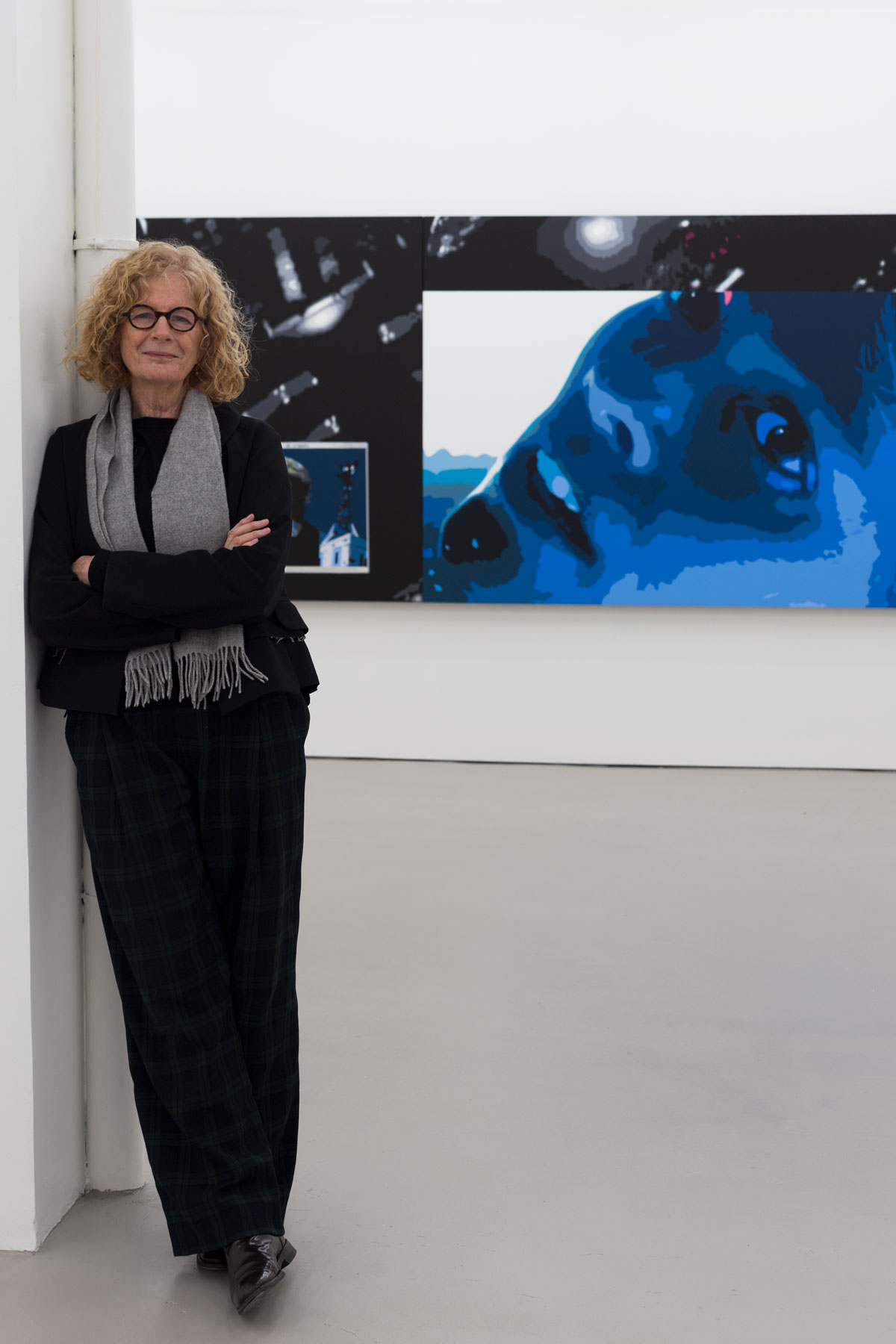Are you a gallerist or an art dealer?
I am a gallerist first and foremost because I see my role as supporting and promoting artists and providing a space where artists can show their work. That said, if I do my job well, sales follow and sales are obviously important to enable artists to fund the production of more art and to make a living–ideally without having to do other work. And of course, sales also enable me to do my job of serving artists. Reading the Hotere biography recently, I was reminded of the relatively recent advent of commercial galleries in New Zealand – it’s hard to imagine now but in the 1950s and 60s, there was almost nowhere for artists to show their work.
As a gallerist, my role is to make art accessible – physically, poetically, politically – in the space where it encounters the world. I am particularly enjoying the beautiful new gallery space that we have opened this year which is giving pleasure not only to those of us who work in it but also to our artists and gallery visitors. The first twelve years of Bartley & Company Art were in a much smaller space – one of the last extant old stables in central Wellington. It was a charming and distinctive space with a courtyard almost as large as the gallery but artists have been excited about the larger space and the possibilities it offers. It is just so much better for viewing art.
Why collect?
Collect to live with art and engage with the ideas it offers, for its craft. Collect for pleasure. Collect for nourishment, stimulation, provocation, expansion. Collect because you value creativity. Collect to support artists. Collect because what we surround ourselves with is important. In Aotearoa, we have always loved going into nature and looking at nature, but more often we’re in the built environment so let’s make sure we see culture.
What is art for?
Art is for our minds and souls. It is for making the world a better place. I like Olivia Laing’s writing and in her most recent book she talks about art being “concerned with resistance and repair”. I like that. I think I have always been drawn to art’s political power, its power to employ metaphor, to inspire change. Long before I studied art history, I took a political science paper on politics and the arts (and I was also a political journalist in a past life). Notions of resistance and repair are at the heart of Brett Graham’s powerful new exhibition Tai Moana Tai Tangata which has shown in New Plymouth and Wellington, and people have really felt it. Art is political because it speaks to a set of values that exist outside the world of commerce. But that is also the strange conundrum of art in a world where it also plays a part in the commodity market – particularly in the US, UK and Europe.
Share a memory of working with an artist?
One of the most satisfying things about being a gallerist is the long-term relationships you develop with artists. After working with Brett Graham for over 25 years, it is deeply satisfying to see the recognition and acclaim he is receiving this year. Until now, he has had more recognition overseas. His major work, Aniwaniwa (with Rachael Rakena) showed both here and at the Venice Biennale is now in the collection of the National Gallery of Canada! I love seeing artists evolve, develop and come up with new bodies of work – I have worked with Anne Noble through several series from Ruby’s Room to Antarctica, her bee project and now trees. Similarly, it’s been great watching Andre Hemer develop, first showing him as he was finishing his Masters at Ilam. There’s a story with every artist…
What are you reading/watching/listening to?
I am reading Apeirignon by Colum McCann. It’s a beautifully written book about the friendship of two men – one Palestinian, one Israeli who bonded over the unbearable pain of the death of their daughters. A reviewer for Al Jazeera critiques the book saying that no amount of empathy or friendship will “dismantle structural racism and notions of ethnocentric supremacy”. But what does? What generates the drive for change, for justice? Isn’t it empathy that starts to build momentum for change?
